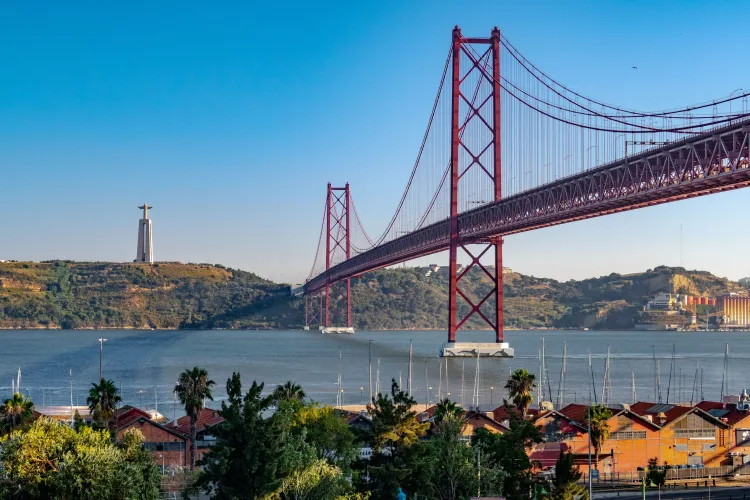Portugal, a journey through 800 years of history
Portugal is a small country but a land full of history, let's travel through more than 800 years of existence composed of highs and lows.
By Angelo Simoes

A bit of history...
On 22 April 1500, Pedro Álvares Cabral led his fleet to the distant shore of Brazil. This small country on the Iberian Peninsula became one of the great maritime forces in history. The beginning of the change and the decline of the country will start with the independence of Brazil in 1822 and then Portugal will be under a dictatorial regime for more than 4 decades in the middle of the 20th century until it becomes the poorest country in Western Europe. This authoritarian regime ended in 1974 following the Carnation Revolution. Today, this country, rich in history and landscape, is being reborn and is becoming a land of welcome.

Some places to visit
Today this country is a land of welcome for many people wishing to expatriate. Here we will look at a few historical or worthwhile places in this country. The first one is the Belem Tower, a building built in the 16th century which was used as a fortress and a harbour and is now a UNESCO World Heritage Site. This monument is the ideal representation of the architectural style of Portugal at the time, the Manueline style. The statue of Christ the King or Cristo Rei in Portuguese is a huge structure of 110 meters high overhanging the estuary of the Tagus River in Lisbon. This representation of Christ inspired by the Christ the Redeemer in the city of Rio de Janeiro in Brazil is a stronghold for pilgrims. The next monument is the National Palace of Pena, located in a 200 hectare park this palace mixes different architectural styles such as baroque, gothic, and manueline. This is due to the cultural mix of the prince who requested it who was of German origin before migrating to Portugal. The autumn and winter season in Nazaré is the period you should not miss if you are a surfing fan. Indeed, it is in this small town of 15,000 inhabitants on the Atlantic coast that you will find the biggest waves in the world to surf. In 2020, a German by the name of Sebastian Steudtner was seen surfing a wave up to 26.21 meters high. This phenomenon is explained by the geological arrangements at the bottom of the sea that allow the Atlantic swell to be propelled. Finally, the last place to be discussed is the Benagil cave in the south of Portugal in the Algarve region. Located on a beach, this cave is in fact a stone dome that lets the sun's rays through thanks to erosion over time.
